Define Our Future
6 April 2024
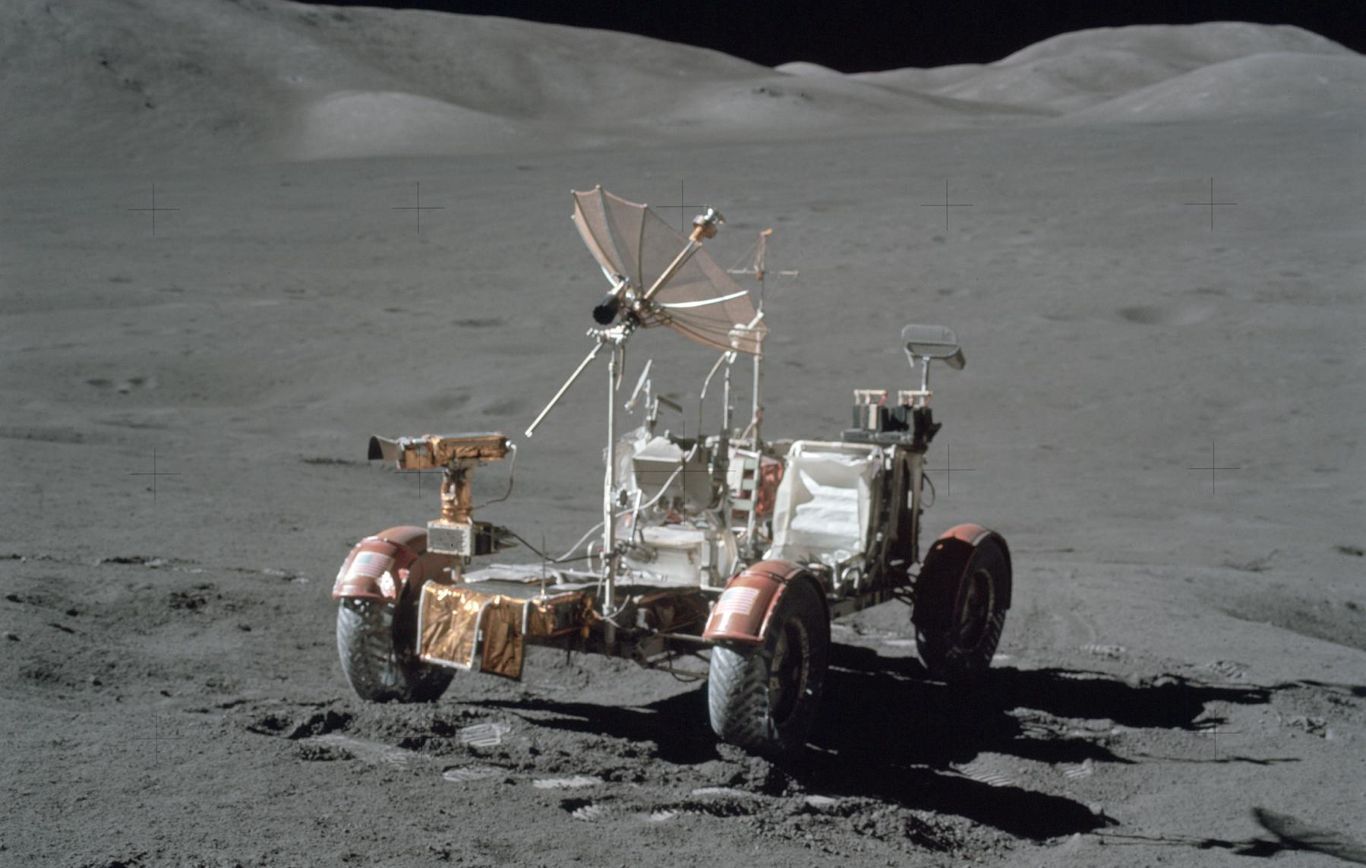
Original LRV (NASA)
In the last three Apollo missions between 1971 and 1972, NASA astronauts utilized the iconic Lunar Roving Vehicle (LRV), commonly known as the “Moon Buggy,” to navigate the lunar surface. As part of the agency’s Artemis project aimed at returning astronauts to the Moon, NASA has recently awarded contracts to three teams to develop a new generation of lunar rovers known as “Lunar Terrain Vehicles” (LTVs).
NASA is now entrusting the design and development of these crewed rovers to the private sector, aligning with its strategy of procuring cargo and human landing services from commercial partners. The three teams leading the LTV concepts are Intuitive Machines (IM), Lunar Outpost, and Venturi Astrolab. These rovers are expected to support astronauts during the Artemis-V missions planned for the end of the decade, facilitating crewed transport and enabling remote operations on the lunar surface.
NASA select three LTV teams
The IM team consists of Boeing and Northrop Grumman, as well as AVL and Michelin from the automotive sector. Automotive companies have been playing an increasingly significant role in recent years, applying their experience and expertise to crewed lunar rover concepts. The IM rover is named the Reusable Autonomous Crewed Exploration Rover (RACER) and will be delivered by their larger Nova-D lander.
Lunar Outpost leads a team named “Lunar Dawn,” which also includes Lockheed Martin, MDA Space, as well as more familiar automotive names such as General Motors and Goodyear, offering their expertise in battery and tire development.
Lastly, Venturi Astrolab aims to provide a version of their robotic FLEX rover and will be working with Axiom Space and Odyssey Space Research. The first robotic version of FLEX is scheduled to launch on Starship in 2026.
While it comes as no surprise that NASA is again looking to employ the use of crewed rovers, it is interesting to note the continued involvement of the automotive sector in this area. While their expertise will provide vital support, it may also present another avenue for economic expansion for the automotive sector, in the design of crewed and uncrewed vehicles and robotics for the Moon.
After Japan’s recent announcement regarding a new $6.7 billion fund for JAXA, Yui Nakama, a global fellow at the European Space Policy Institute (ESPI), while speaking to Space News, said, “As a national strategy to overcome economic downturns, both the security and civilian space domains are considered as frontiers where market expansion is anticipated, alongside being crucial areas for national security.”
Plans to establish new lunar time zone
In the same week, the White House instructed NASA to establish a new time standard for use in lunar and cislunar missions, aiming to improve navigation and other services. The “Policy on Celestial Time Standardization in Support of the National Cislunar Science and Technology Strategy” tasks NASA with establishing the new time zone, Coordinated Lunar Time (LTC), by 2026.
LTC will be based on Coordinated Universal Time (UTC) on Earth but adapted for lunar operations. The use of UTC in cislunar space doesn’t allow for precise lunar operations, as relative time moves differently on Earth and the Moon. To an observer on the Moon, an Earth-based clock will lose (on average) 58.7 microseconds per Earth day, resulting in variations between Earth and Moon time.
According to the White House Office of Science and Technology Policy, without a lunar time standard, ensuring the reliability of data transfers between space vehicles and synchronizing communications between Earth, satellites, and lunar stations would be challenging.
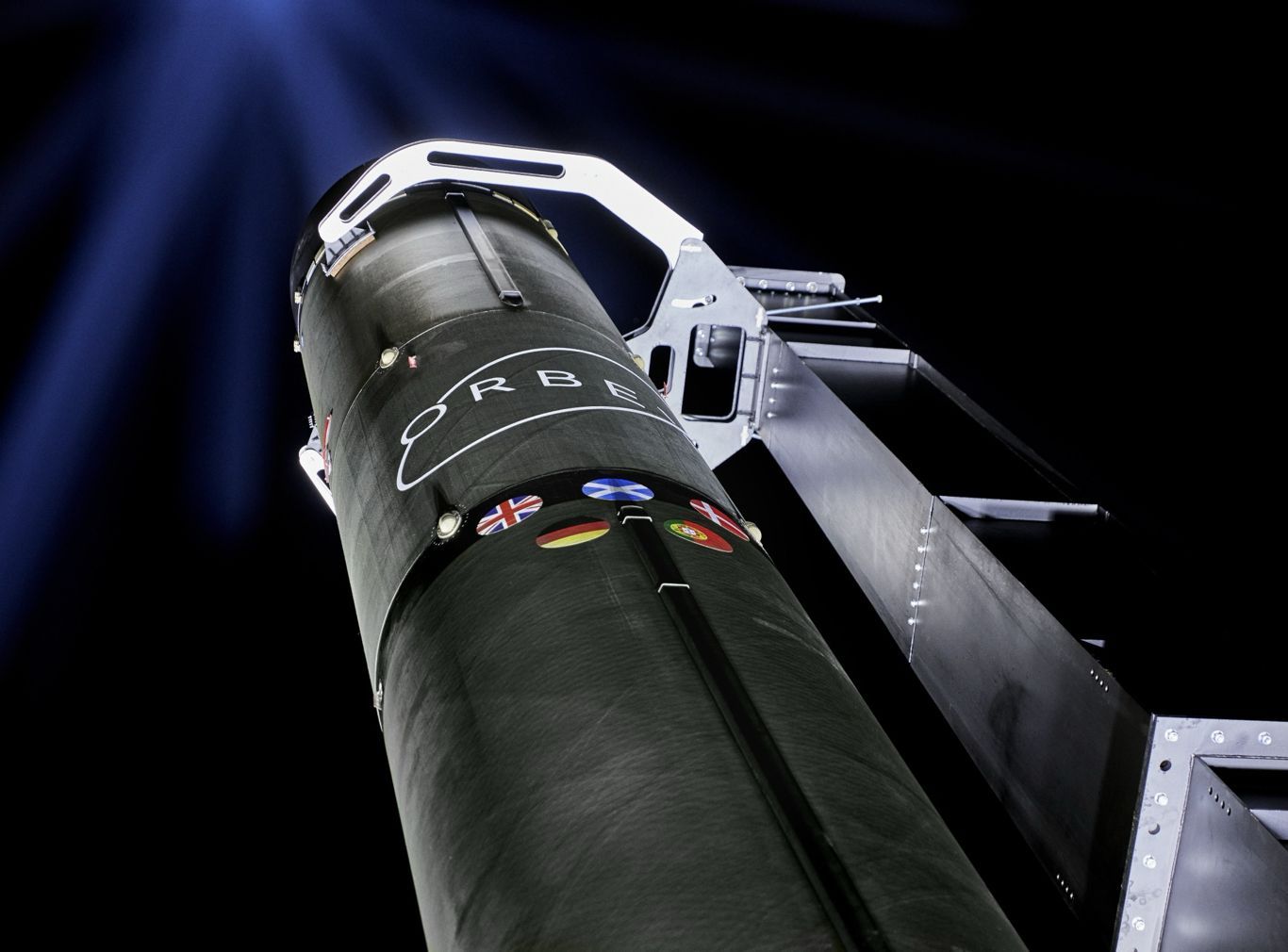
Orbex Prime rocket (Orbex)
UK and China compete for innovative reusable launches
Meanwhile, both UK and Chinese launch entities have announced plans this week to compete in the reusable launch market. Reusability, spearheaded by SpaceX, has revolutionised the launch market, drastically reducing costs and increasing access to space.
Orbex (UK) has secured a patent for its approach to reusability for vehicles like their Prime micro-launcher. Prime consists of two stages and a REFLIGHT interstage structure. Once the first stage detaches, the interstage forms into four petals, folding out and creating drag to slow and readjust the trajectory. A parachute will also be released, allowing the stage to splash down in the ocean, ready for recovery and reuse.
Their approach is lightweight and doesn’t require additional thrust to slow the booster, such as with the SpaceX Falcon-9, thus building cost-effective and sustainable space launch technology. This will also provide the UK and Europe with options for independent access to space, a key focus for ESA as they currently rely on outside partners for satellite launches.
The China Aerospace Science and Technology Corporation (CASC) have also announced their own innovative approach to reusability. CASC develops the Chinese Long March series rockets and aims to develop its first two reusable rockets in 2025 and 2026.
Similar to Falcon-9, they will employ thrust to slow the descent, but instead of landing on legs, they will use hooks at the top of the vehicle, allowing it to be caught by tight wires. CASC also joins a number of Chinese commercial startups working on reusable rockets, such as Galactic Energy and i-Space.
These innovations not only achieve cost-effective and sustainable access to space but also provide more diversity in the launch market, allowing for increased competition and less reliance on single supply chains. Furthermore, as we reported recently, Elon Musk’s forays into geopolitics and foreign policy matters may persuade some customers to diversify from SpaceX alone, providing opportunities for other launch entities.
Define Our Future

Original LRV (NASA)
6 April 2024
NASA Selects Rover Teams, Plans Lunar Time Standard; UK and China Ramp Up Reusable Launch Competition - Space News Roundup

In the last three Apollo missions between 1971 and 1972, NASA astronauts utilized the iconic Lunar Roving Vehicle (LRV), commonly known as the “Moon Buggy,” to navigate the lunar surface. As part of the agency’s Artemis project aimed at returning astronauts to the Moon, NASA has recently awarded contracts to three teams to develop a new generation of lunar rovers known as “Lunar Terrain Vehicles” (LTVs).
NASA is now entrusting the design and development of these crewed rovers to the private sector, aligning with its strategy of procuring cargo and human landing services from commercial partners. The three teams leading the LTV concepts are Intuitive Machines (IM), Lunar Outpost, and Venturi Astrolab. These rovers are expected to support astronauts during the Artemis-V missions planned for the end of the decade, facilitating crewed transport and enabling remote operations on the lunar surface.
NASA select three LTV teams
The IM team consists of Boeing and Northrop Grumman, as well as AVL and Michelin from the automotive sector. Automotive companies have been playing an increasingly significant role in recent years, applying their experience and expertise to crewed lunar rover concepts. The IM rover is named the Reusable Autonomous Crewed Exploration Rover (RACER) and will be delivered by their larger Nova-D lander.
Lunar Outpost leads a team named “Lunar Dawn,” which also includes Lockheed Martin, MDA Space, as well as more familiar automotive names such as General Motors and Goodyear, offering their expertise in battery and tire development.
Lastly, Venturi Astrolab aims to provide a version of their robotic FLEX rover and will be working with Axiom Space and Odyssey Space Research. The first robotic version of FLEX is scheduled to launch on Starship in 2026.
While it comes as no surprise that NASA is again looking to employ the use of crewed rovers, it is interesting to note the continued involvement of the automotive sector in this area. While their expertise will provide vital support, it may also present another avenue for economic expansion for the automotive sector, in the design of crewed and uncrewed vehicles and robotics for the Moon.
After Japan’s recent announcement regarding a new $6.7 billion fund for JAXA, Yui Nakama, a global fellow at the European Space Policy Institute (ESPI), while speaking to Space News, said, “As a national strategy to overcome economic downturns, both the security and civilian space domains are considered as frontiers where market expansion is anticipated, alongside being crucial areas for national security.”
Plans to establish new lunar time zone
In the same week, the White House instructed NASA to establish a new time standard for use in lunar and cislunar missions, aiming to improve navigation and other services. The “Policy on Celestial Time Standardization in Support of the National Cislunar Science and Technology Strategy” tasks NASA with establishing the new time zone, Coordinated Lunar Time (LTC), by 2026.
LTC will be based on Coordinated Universal Time (UTC) on Earth but adapted for lunar operations. The use of UTC in cislunar space doesn’t allow for precise lunar operations, as relative time moves differently on Earth and the Moon. To an observer on the Moon, an Earth-based clock will lose (on average) 58.7 microseconds per Earth day, resulting in variations between Earth and Moon time.
According to the White House Office of Science and Technology Policy, without a lunar time standard, ensuring the reliability of data transfers between space vehicles and synchronizing communications between Earth, satellites, and lunar stations would be challenging.
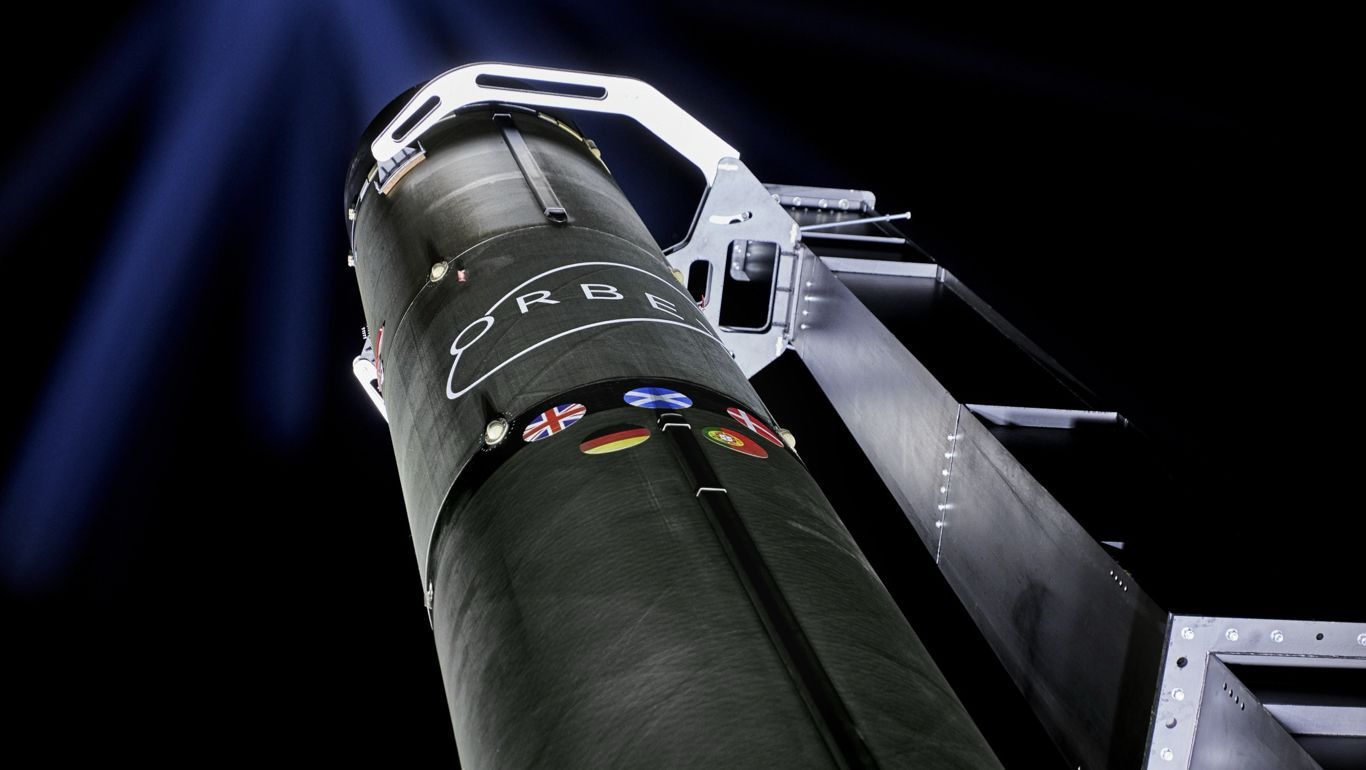
Orbex Prime rocket (Orbex)
UK and China compete for innovative reusable launches
Meanwhile, both UK and Chinese launch entities have announced plans this week to compete in the reusable launch market. Reusability, spearheaded by SpaceX, has revolutionised the launch market, drastically reducing costs and increasing access to space.
Orbex (UK) has secured a patent for its approach to reusability for vehicles like their Prime micro-launcher. Prime consists of two stages and a REFLIGHT interstage structure. Once the first stage detaches, the interstage forms into four petals, folding out and creating drag to slow and readjust the trajectory. A parachute will also be released, allowing the stage to splash down in the ocean, ready for recovery and reuse.
Their approach is lightweight and doesn’t require additional thrust to slow the booster, such as with the SpaceX Falcon-9, thus building cost-effective and sustainable space launch technology. This will also provide the UK and Europe with options for independent access to space, a key focus for ESA as they currently rely on outside partners for satellite launches.
The China Aerospace Science and Technology Corporation (CASC) have also announced their own innovative approach to reusability. CASC develops the Chinese Long March series rockets and aims to develop its first two reusable rockets in 2025 and 2026.
Similar to Falcon-9, they will employ thrust to slow the descent, but instead of landing on legs, they will use hooks at the top of the vehicle, allowing it to be caught by tight wires. CASC also joins a number of Chinese commercial startups working on reusable rockets, such as Galactic Energy and i-Space.
These innovations not only achieve cost-effective and sustainable access to space but also provide more diversity in the launch market, allowing for increased competition and less reliance on single supply chains. Furthermore, as we reported recently, Elon Musk’s forays into geopolitics and foreign policy matters may persuade some customers to diversify from SpaceX alone, providing opportunities for other launch entities.
Share this article
NASA Selects Rover Teams, Plans Lunar Time Standard; UK and China Ramp Up Reusable Launch Competition - Space News Roundup

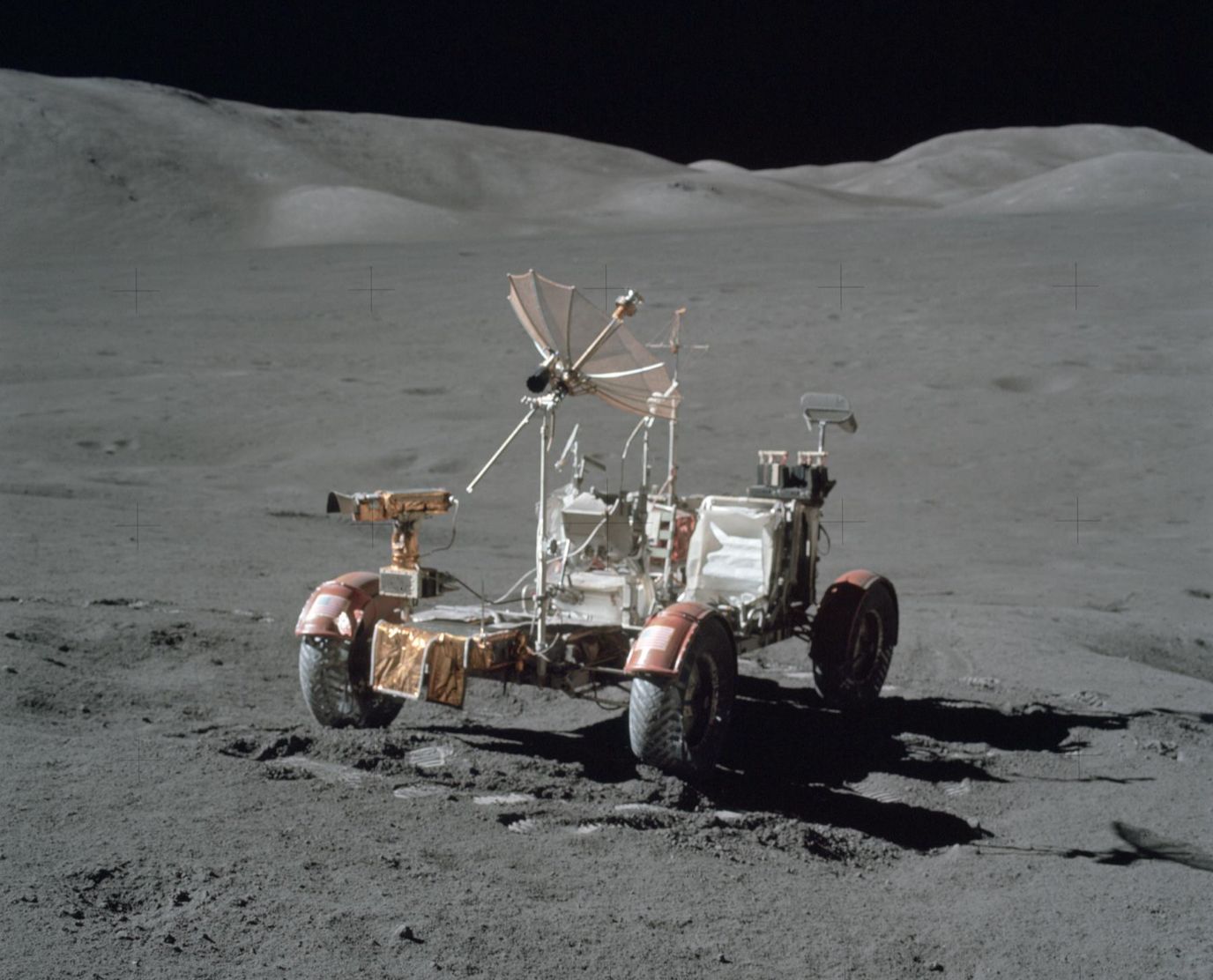
Original LRV (NASA)
In the last three Apollo missions between 1971 and 1972, NASA astronauts utilized the iconic Lunar Roving Vehicle (LRV), commonly known as the “Moon Buggy,” to navigate the lunar surface. As part of the agency’s Artemis project aimed at returning astronauts to the Moon, NASA has recently awarded contracts to three teams to develop a new generation of lunar rovers known as “Lunar Terrain Vehicles” (LTVs).
NASA is now entrusting the design and development of these crewed rovers to the private sector, aligning with its strategy of procuring cargo and human landing services from commercial partners. The three teams leading the LTV concepts are Intuitive Machines (IM), Lunar Outpost, and Venturi Astrolab. These rovers are expected to support astronauts during the Artemis-V missions planned for the end of the decade, facilitating crewed transport and enabling remote operations on the lunar surface.
NASA select three LTV teams
The IM team consists of Boeing and Northrop Grumman, as well as AVL and Michelin from the automotive sector. Automotive companies have been playing an increasingly significant role in recent years, applying their experience and expertise to crewed lunar rover concepts. The IM rover is named the Reusable Autonomous Crewed Exploration Rover (RACER) and will be delivered by their larger Nova-D lander.
Lunar Outpost leads a team named “Lunar Dawn,” which also includes Lockheed Martin, MDA Space, as well as more familiar automotive names such as General Motors and Goodyear, offering their expertise in battery and tire development.
Lastly, Venturi Astrolab aims to provide a version of their robotic FLEX rover and will be working with Axiom Space and Odyssey Space Research. The first robotic version of FLEX is scheduled to launch on Starship in 2026.
While it comes as no surprise that NASA is again looking to employ the use of crewed rovers, it is interesting to note the continued involvement of the automotive sector in this area. While their expertise will provide vital support, it may also present another avenue for economic expansion for the automotive sector, in the design of crewed and uncrewed vehicles and robotics for the Moon.
After Japan’s recent announcement regarding a new $6.7 billion fund for JAXA, Yui Nakama, a global fellow at the European Space Policy Institute (ESPI), while speaking to Space News, said, “As a national strategy to overcome economic downturns, both the security and civilian space domains are considered as frontiers where market expansion is anticipated, alongside being crucial areas for national security.”
Plans to establish new lunar time zone
In the same week, the White House instructed NASA to establish a new time standard for use in lunar and cislunar missions, aiming to improve navigation and other services. The “Policy on Celestial Time Standardization in Support of the National Cislunar Science and Technology Strategy” tasks NASA with establishing the new time zone, Coordinated Lunar Time (LTC), by 2026.
LTC will be based on Coordinated Universal Time (UTC) on Earth but adapted for lunar operations. The use of UTC in cislunar space doesn’t allow for precise lunar operations, as relative time moves differently on Earth and the Moon. To an observer on the Moon, an Earth-based clock will lose (on average) 58.7 microseconds per Earth day, resulting in variations between Earth and Moon time.
According to the White House Office of Science and Technology Policy, without a lunar time standard, ensuring the reliability of data transfers between space vehicles and synchronizing communications between Earth, satellites, and lunar stations would be challenging.
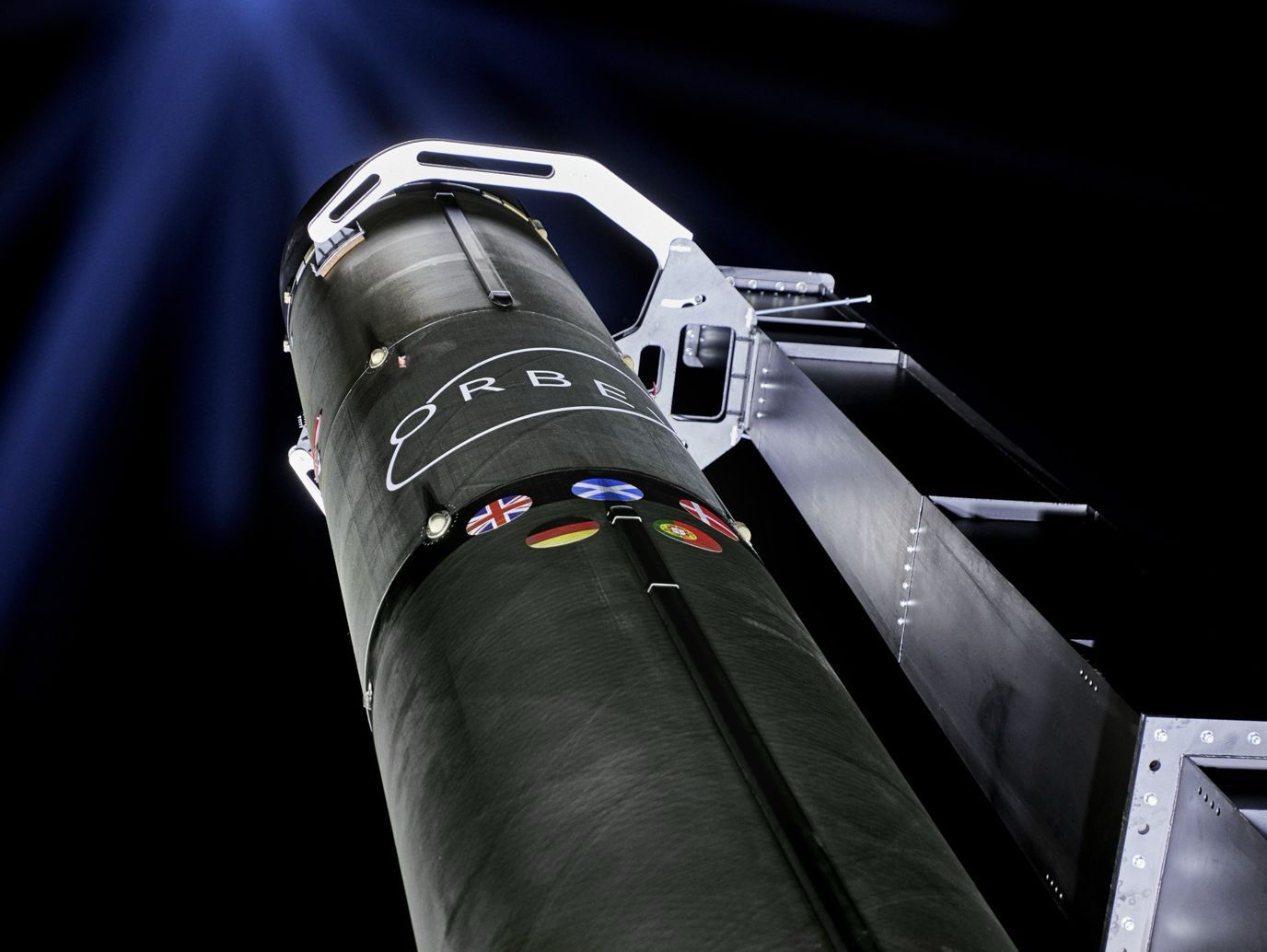
Orbex Prime rocket (Orbex)
UK and China compete for innovative reusable launches
Meanwhile, both UK and Chinese launch entities have announced plans this week to compete in the reusable launch market. Reusability, spearheaded by SpaceX, has revolutionised the launch market, drastically reducing costs and increasing access to space.
Orbex (UK) has secured a patent for its approach to reusability for vehicles like their Prime micro-launcher. Prime consists of two stages and a REFLIGHT interstage structure. Once the first stage detaches, the interstage forms into four petals, folding out and creating drag to slow and readjust the trajectory. A parachute will also be released, allowing the stage to splash down in the ocean, ready for recovery and reuse.
Their approach is lightweight and doesn’t require additional thrust to slow the booster, such as with the SpaceX Falcon-9, thus building cost-effective and sustainable space launch technology. This will also provide the UK and Europe with options for independent access to space, a key focus for ESA as they currently rely on outside partners for satellite launches.
The China Aerospace Science and Technology Corporation (CASC) have also announced their own innovative approach to reusability. CASC develops the Chinese Long March series rockets and aims to develop its first two reusable rockets in 2025 and 2026.
Similar to Falcon-9, they will employ thrust to slow the descent, but instead of landing on legs, they will use hooks at the top of the vehicle, allowing it to be caught by tight wires. CASC also joins a number of Chinese commercial startups working on reusable rockets, such as Galactic Energy and i-Space.
These innovations not only achieve cost-effective and sustainable access to space but also provide more diversity in the launch market, allowing for increased competition and less reliance on single supply chains. Furthermore, as we reported recently, Elon Musk’s forays into geopolitics and foreign policy matters may persuade some customers to diversify from SpaceX alone, providing opportunities for other launch entities.
Share this article


